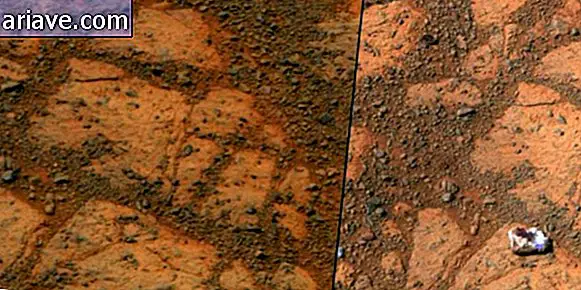Rare Astronomical Phenomenon Happens In Full Carnival Sunday
On the morning of next Sunday (26), right in the middle of Carnival, happens the first solar eclipse of 2017. It will be null, that is, when the moon disc does not cover the whole sun during its passage between the star and the Earth, and can be seen in the Southern Hemisphere for just over 1 hour.
In Brazil, the viewing will be partial, and residents of the South, Southeast and Midwest are more likely to be able to witness the event. However, this ring of fire will only be fully observed by those in southern Argentina and Chile, as well as in south-central Africa and in specific parts of the Atlantic.

Researcher Josina Nascimento, from the National Observatory's Astronomy and Astrophysics Coordination, in an interview with EXAME.com, explains that a solar eclipse only happens when the moon is aligned with the sun and the earth, in the phase of New Moon, and that the Moon and sun eclipses always occur at close dates by virtue of their orbits.
In the simulation below, released by NASA, you can check the regions from which you can observe the eclipse:

How to observe?
Remember that caution is required when observing the sun, as radiation can cause temporary or permanent damage to the retina, even with sunglasses or X-ray films. It is best to use a telescope with protection against ultraviolet rays, look for events. organized in space observatories or call for online transmission.
More eclipse!
The second and last solar eclipse of the year will be on August 21st. Expected to last 2 minutes 40 seconds, according to NASA, it will be partial in the Southern Hemisphere; but in regions of the northern hemisphere, especially in the United States, it will be total, meaning complete darkness will be present. Cool huh? There, people are so anxious about this phenomenon that there is even a countdown!











